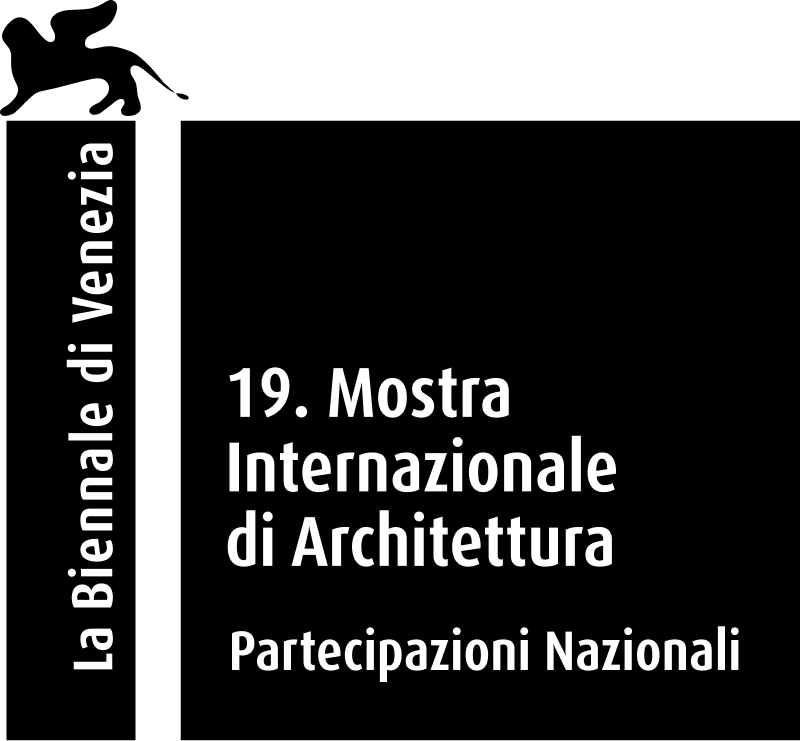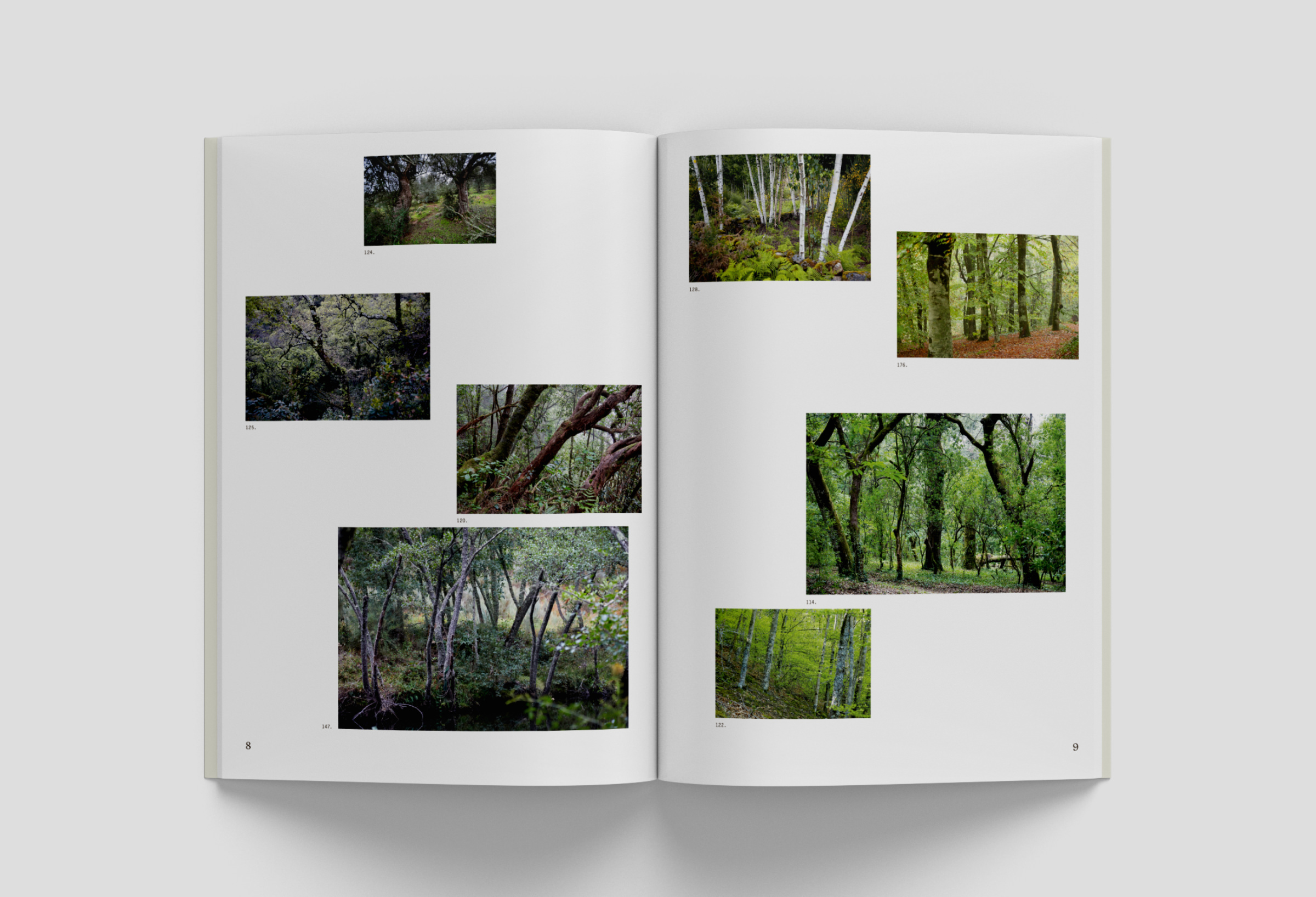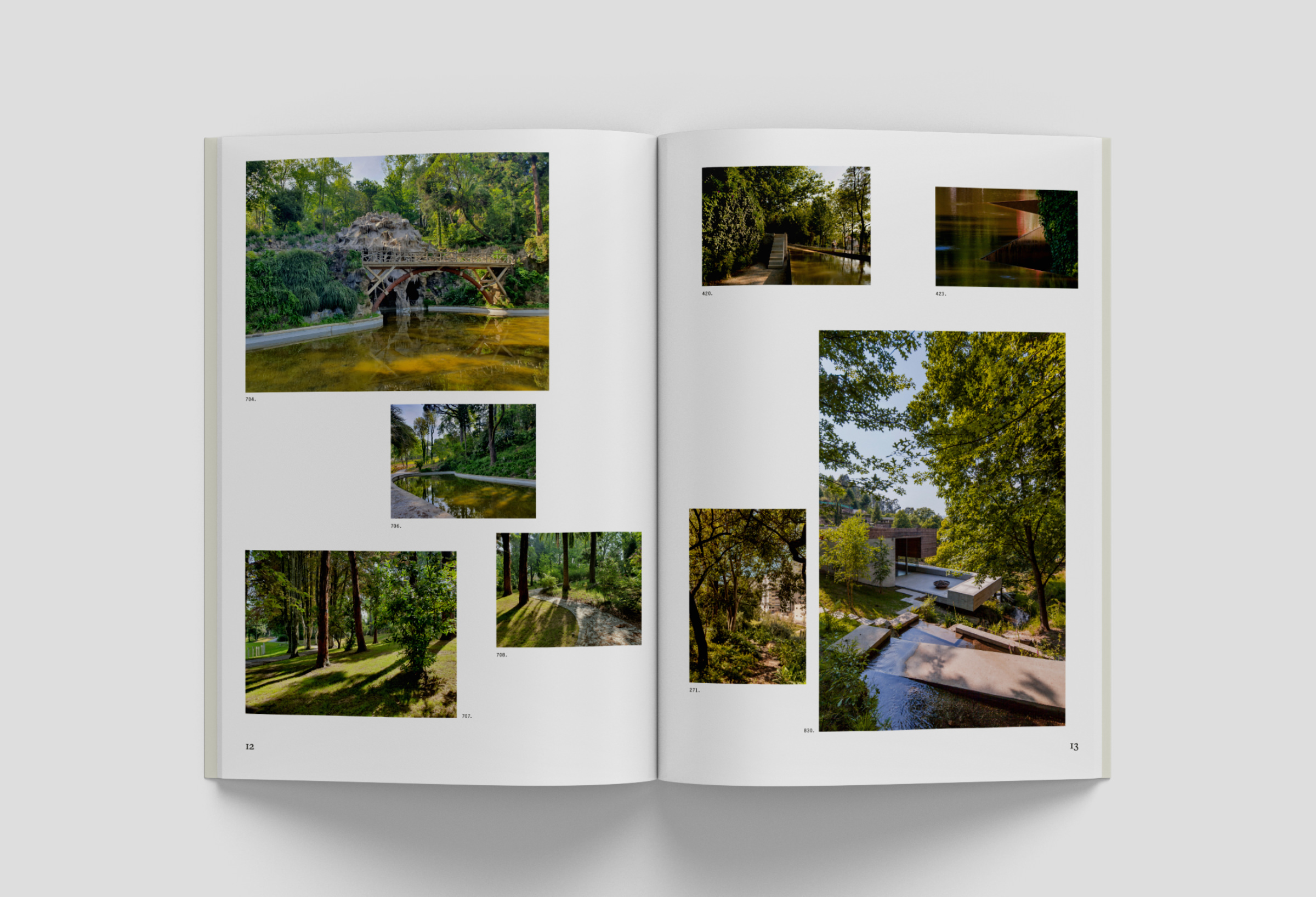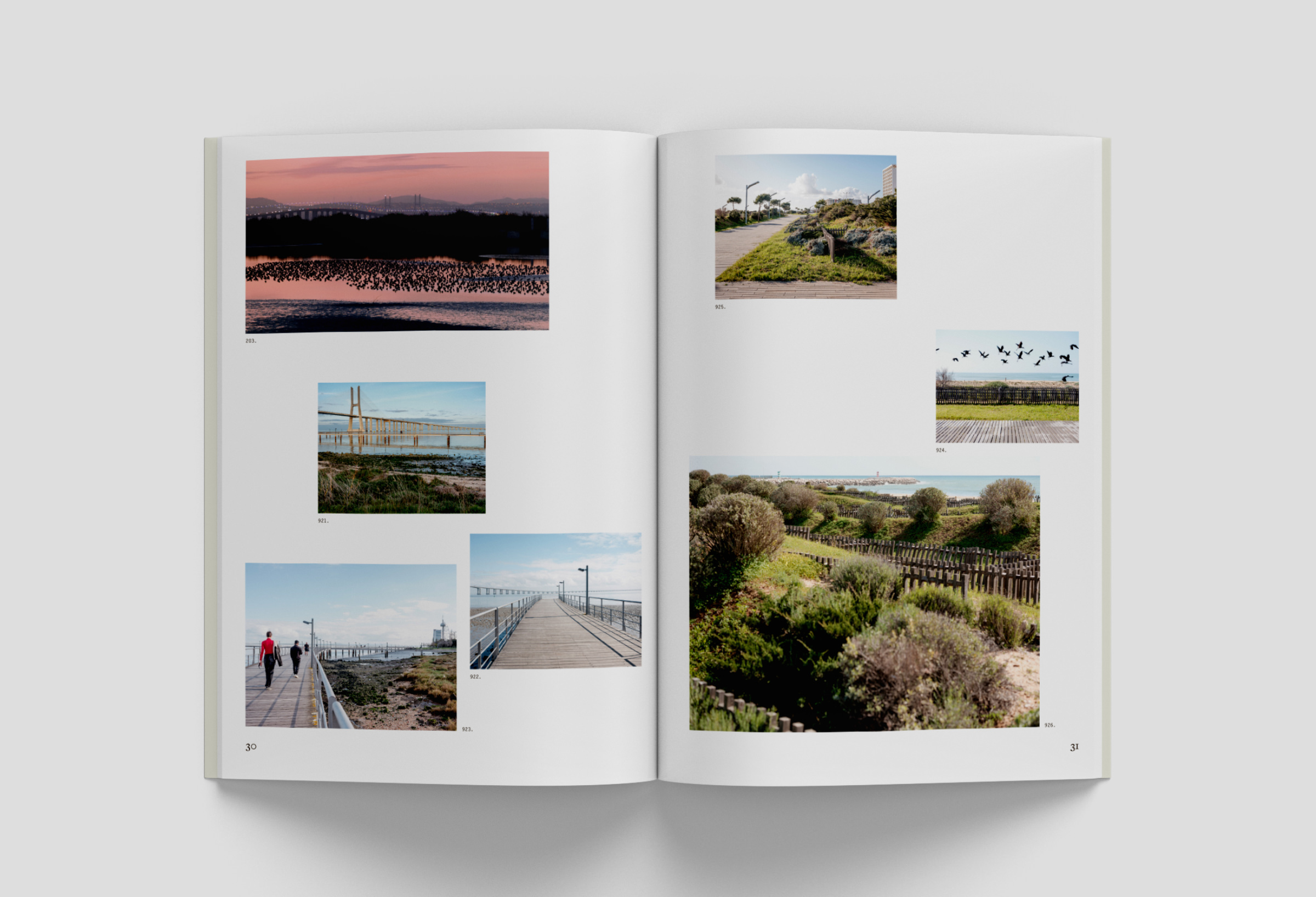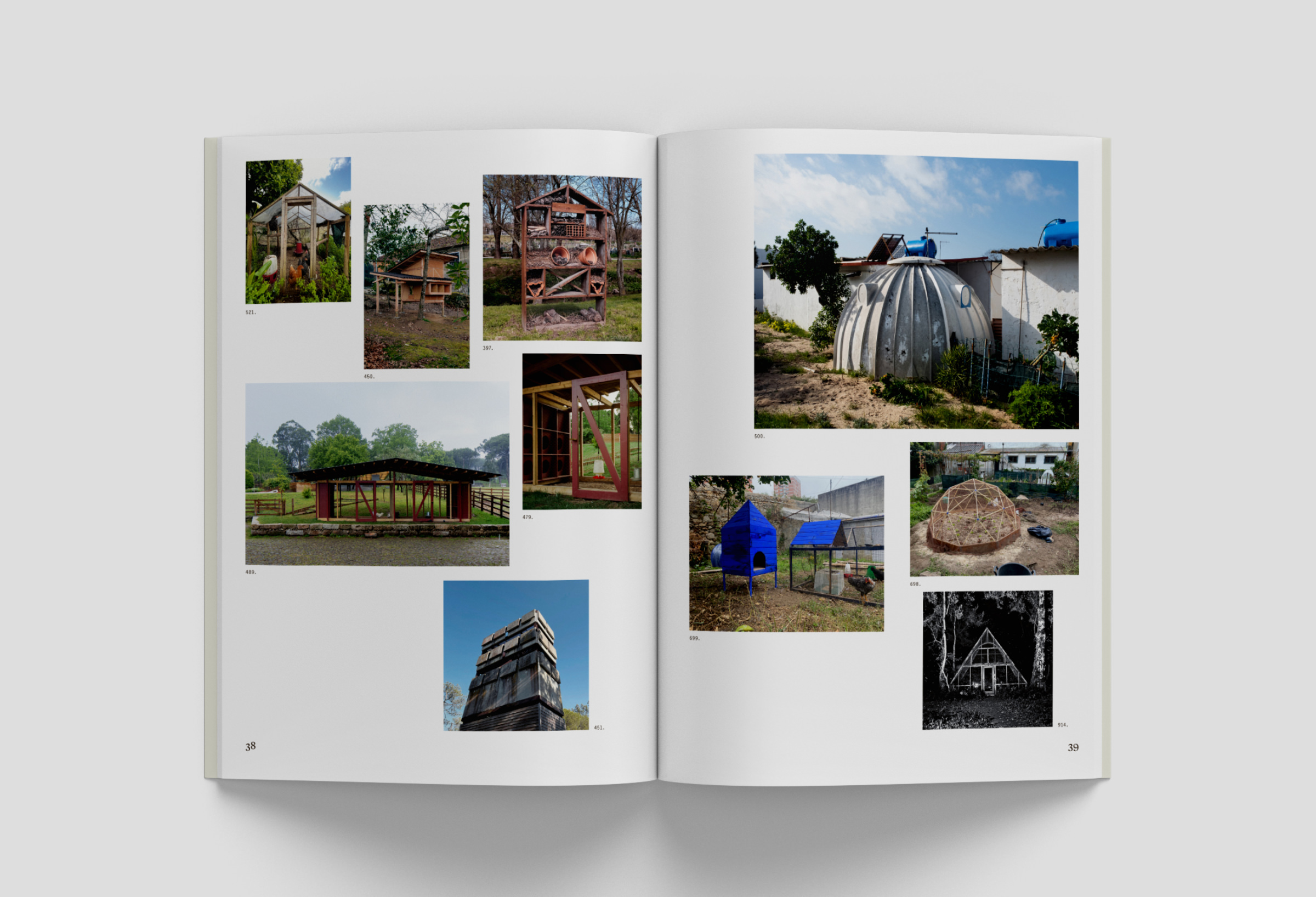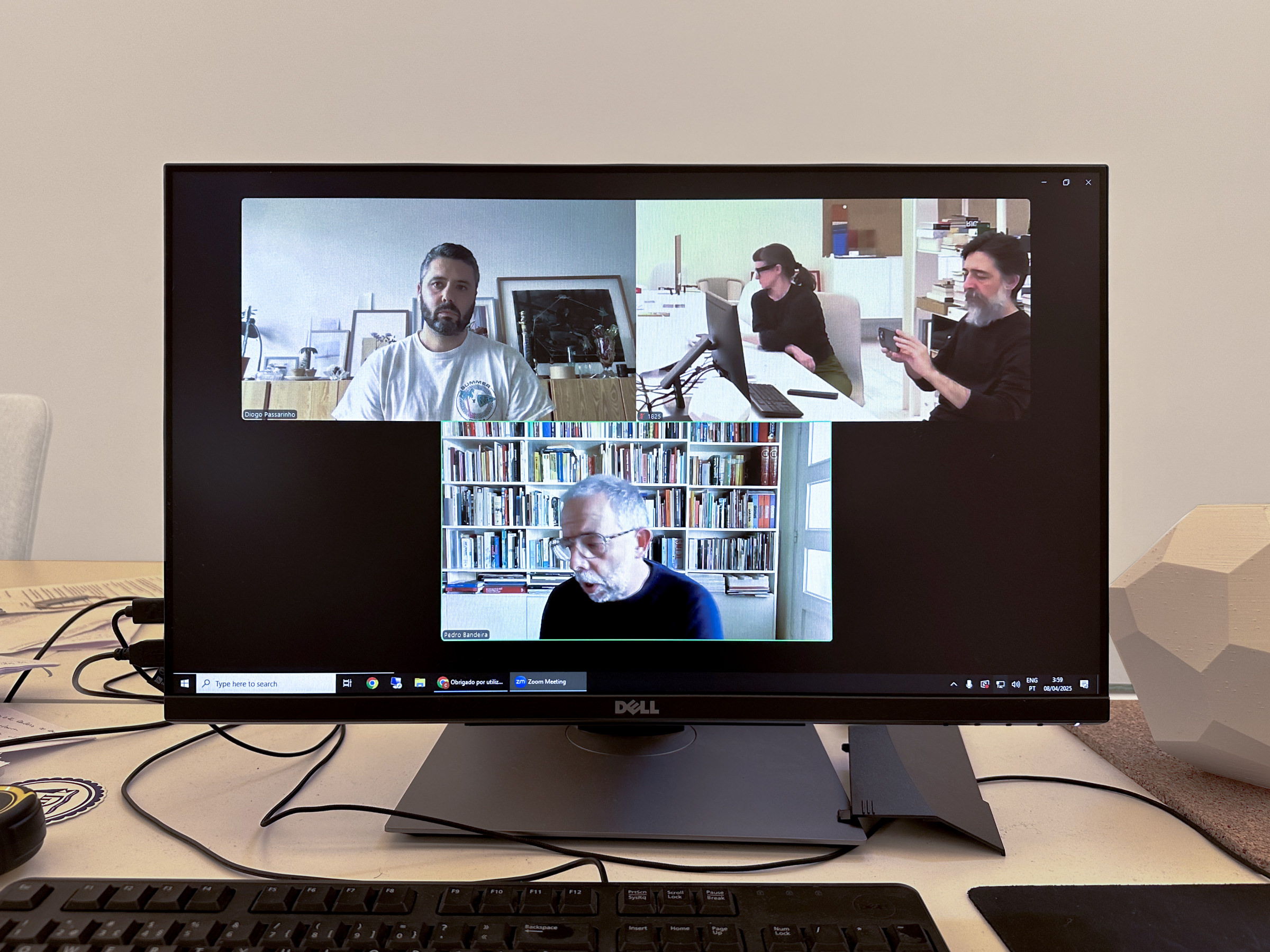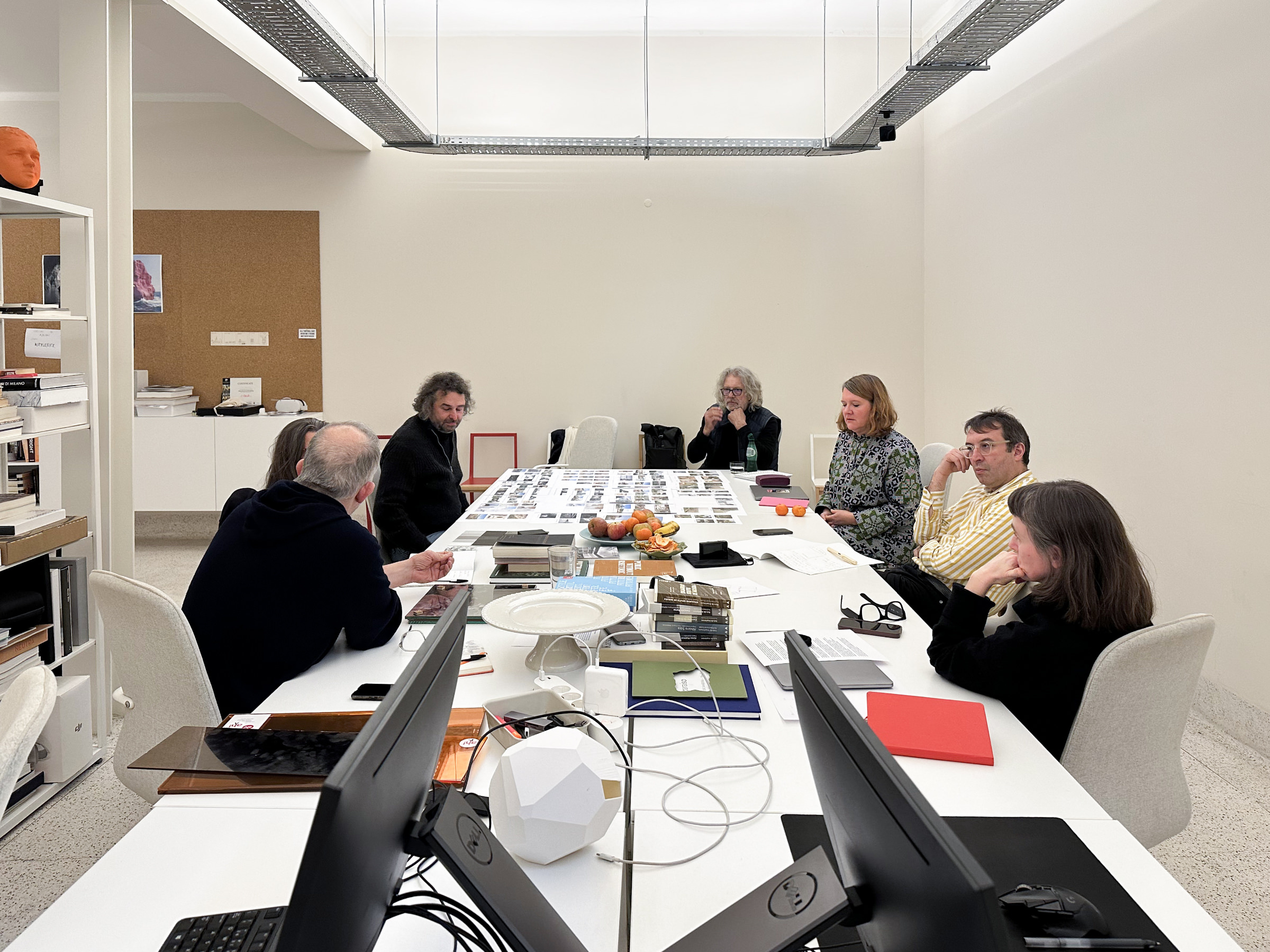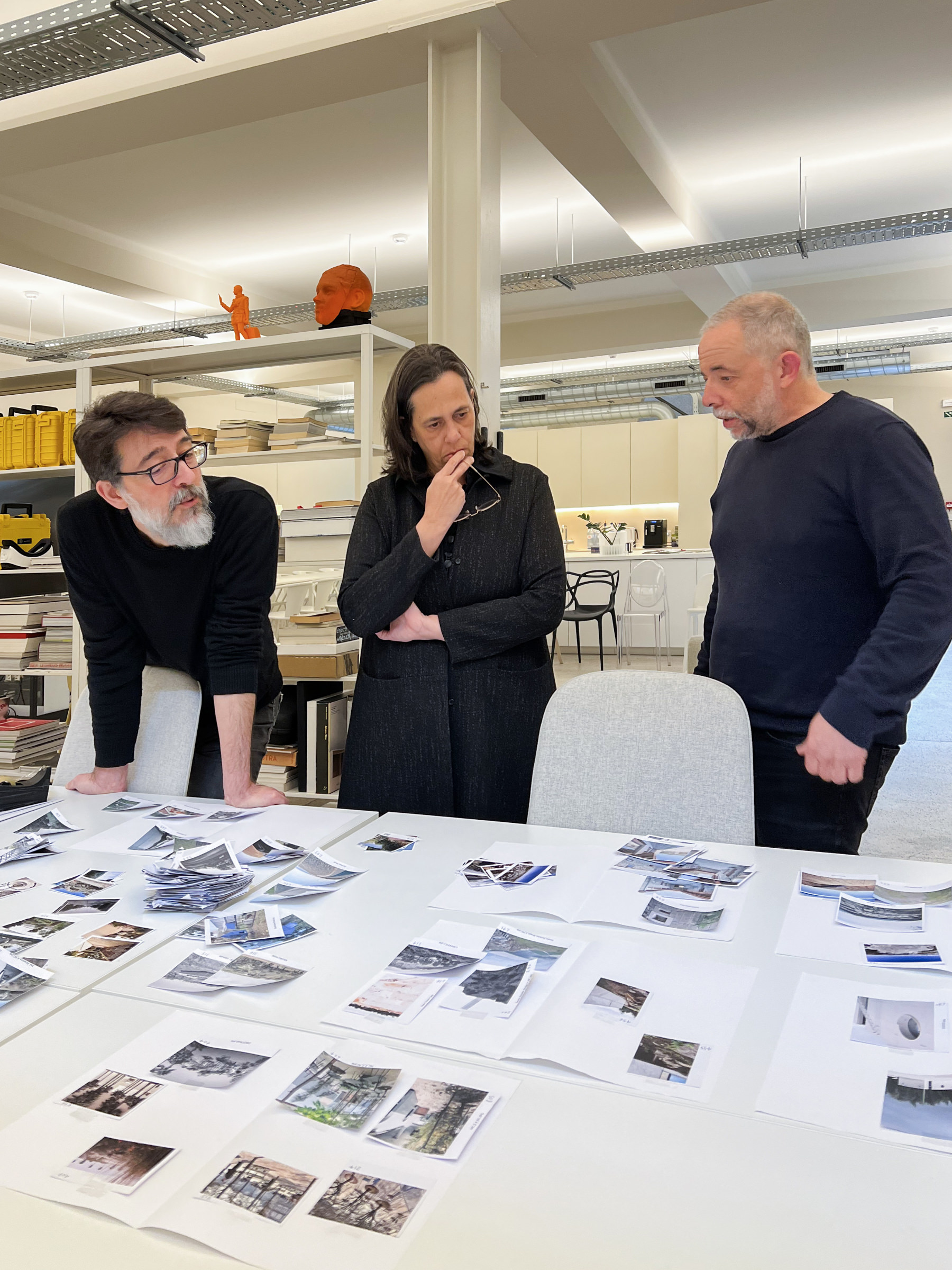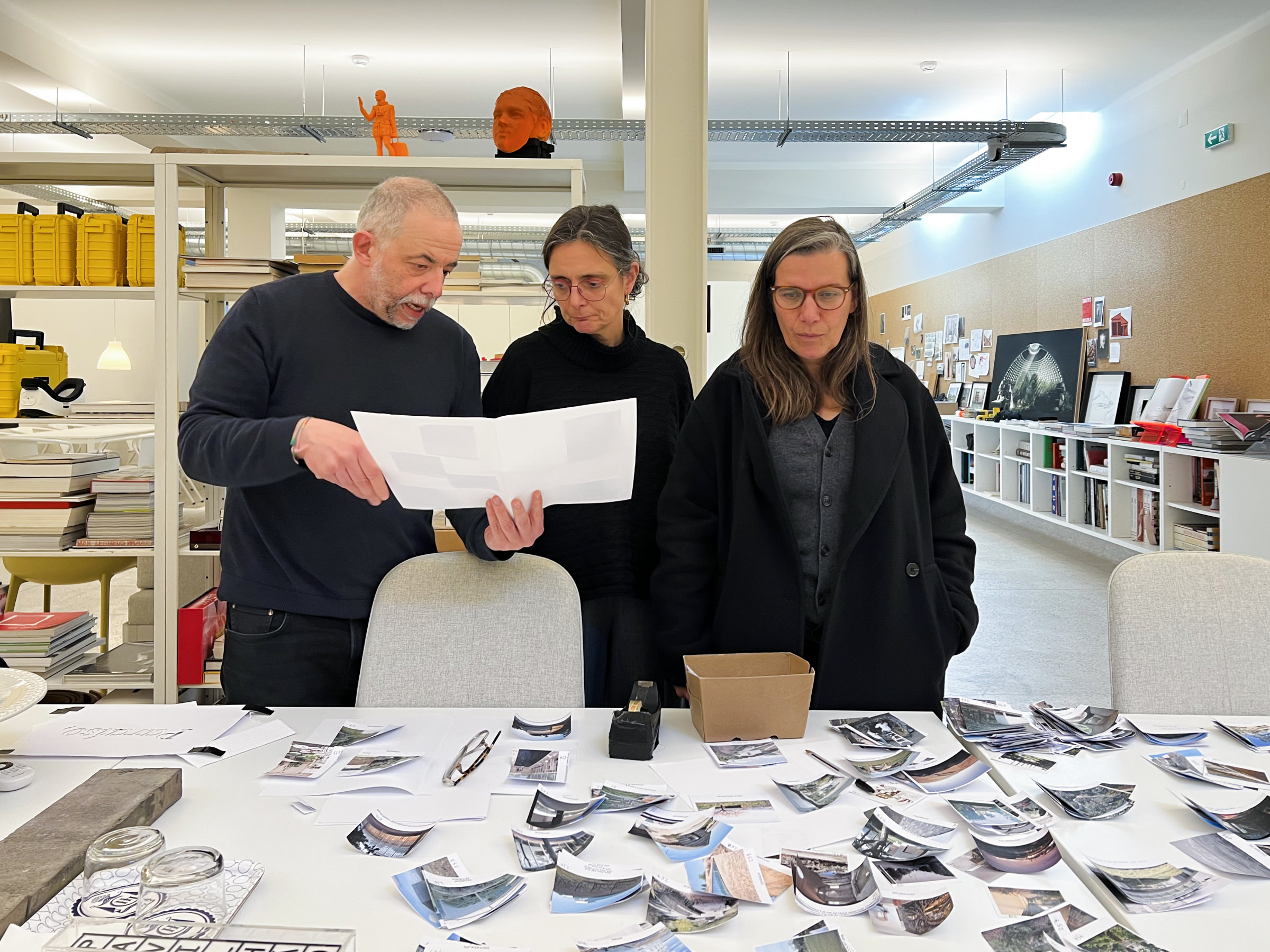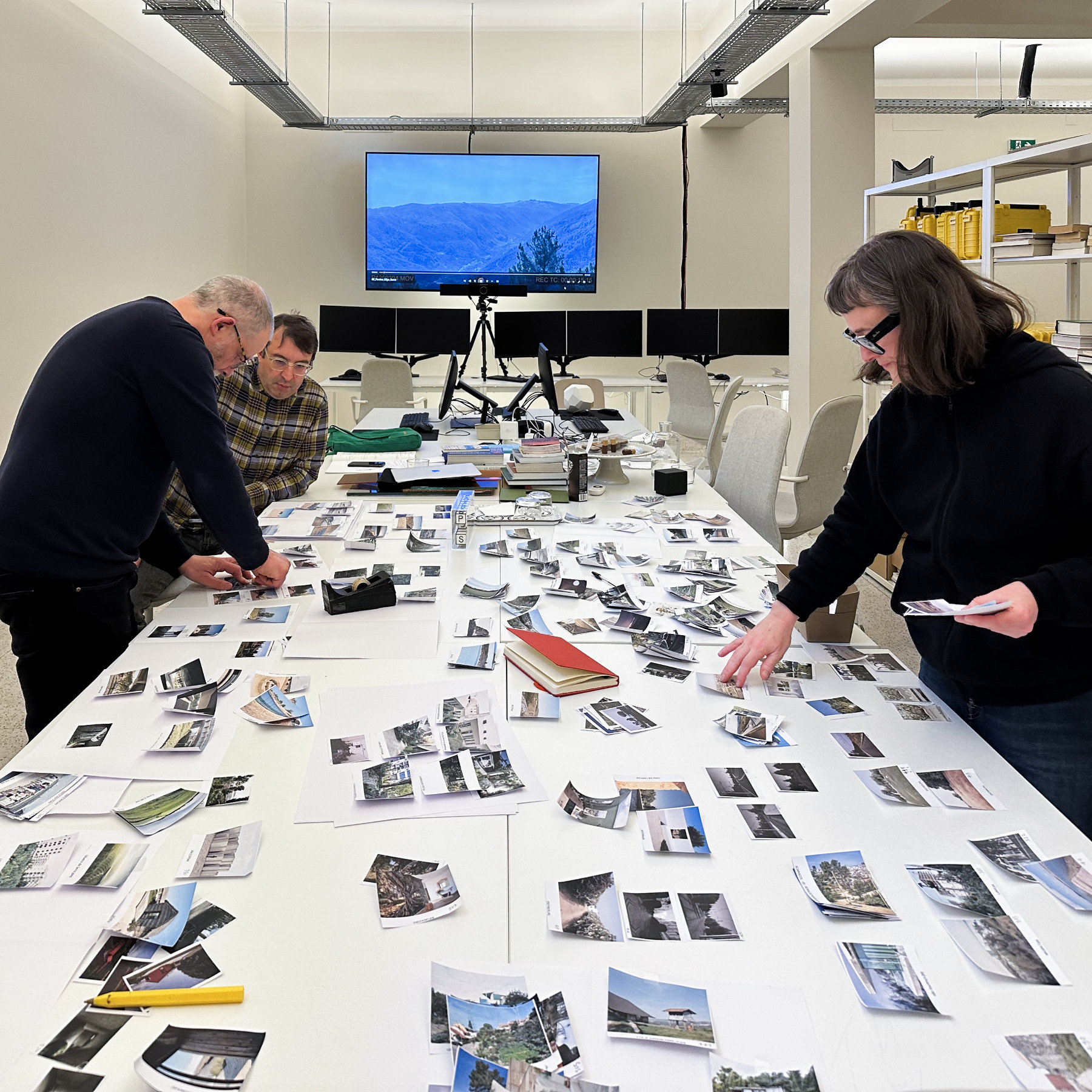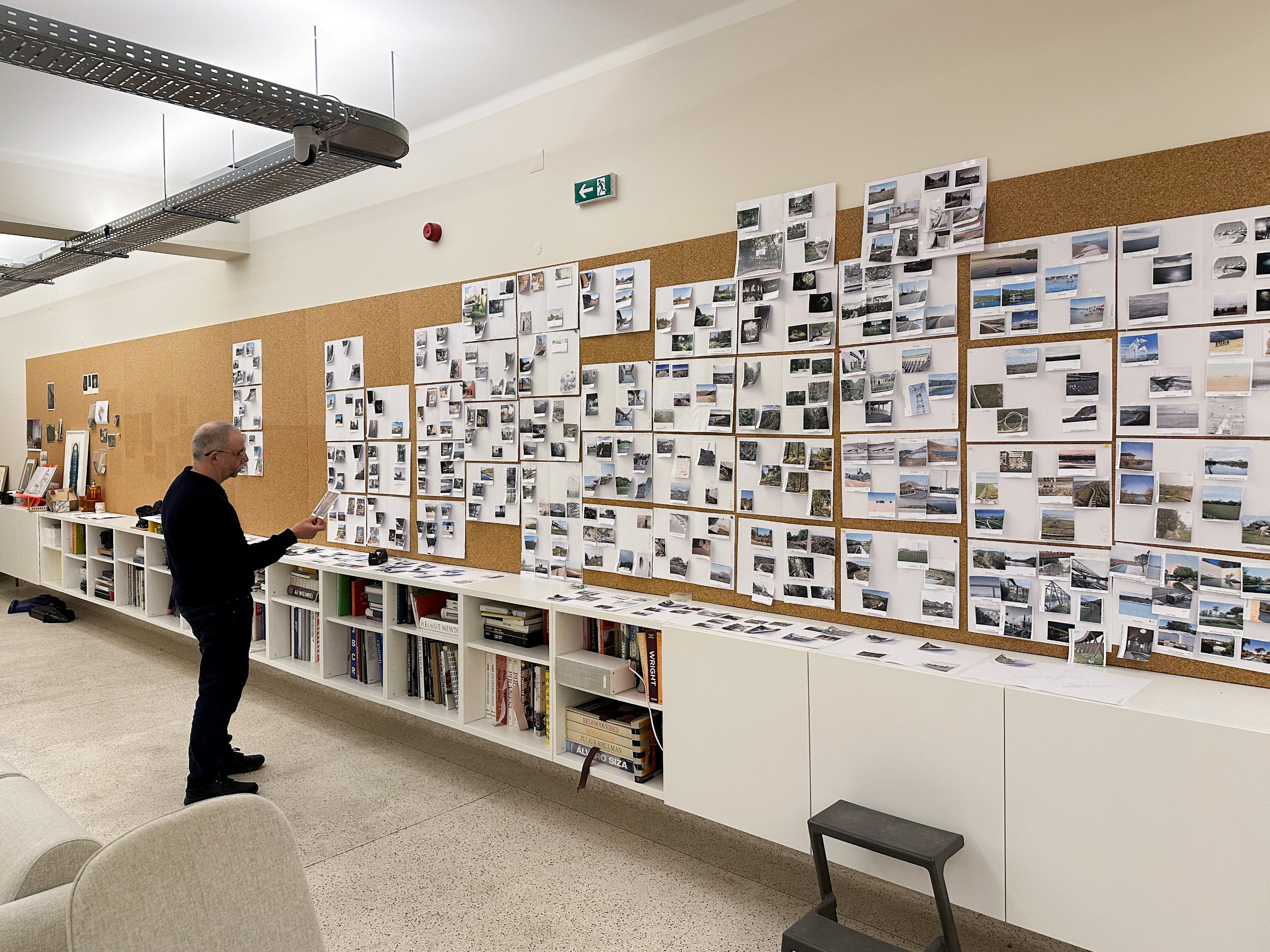Atlas
The result of the curatorial research – that brought together architects, landscape architects, and photographers – and an Open Call that received over a hundred proposals submitted by post, the Atlas is a process of ongoing dialogue, conveying the vast diversity of what paradise can represent in the collective imagination.The Atlas is composed of thematic constellations that group images into narratives. It is a dynamic and structurally incomplete process, open to new entries throughout the exhibition. As a collective and participatory archive, the Atlas critically examines the role of architecture at various scales and in different contexts, questioning how we build, inhabit, and perceive the world around us. Its pages present hundreds of images and projects, shifting the focus away from individual authorship and toward the reading of relationships – human, with the landscape, with the artificial, with production systems, with the natural world, etc. Each viewer will construct their own interpretation.
The devastation by fires and the search for territorial regeneration, the need for energy production and the possibilities for environmental balance, or the occupation of coastal areas, are some of the contemporary themes that speak to us about territory. The narratives focus on the search for idealised paradises, diverse enough to be possible and attainable by all people.
The Atlas stands as one of the exhibition’s contents. In Venice, all the postcards received are displayed on the Atlas table, available for public consultation—opening up dialogue, possibilities, and interpretations. The Atlas is presented in three separate booklets on this table: the Atlas of images, which includes the 36 selected responses from the Open Call; a booklet listing all image credits; and a third dedicated to texts – comprising the curatorial text and three essays by essayist António Guerreiro, researcher and architect Maria Manuel Oliveira, and artist Nuno da Luz.
